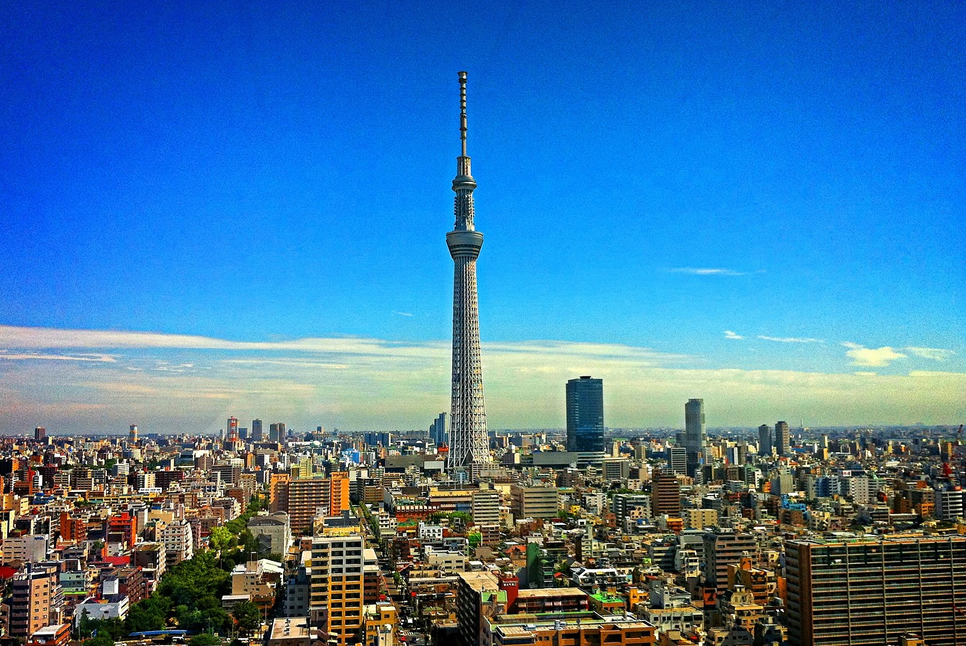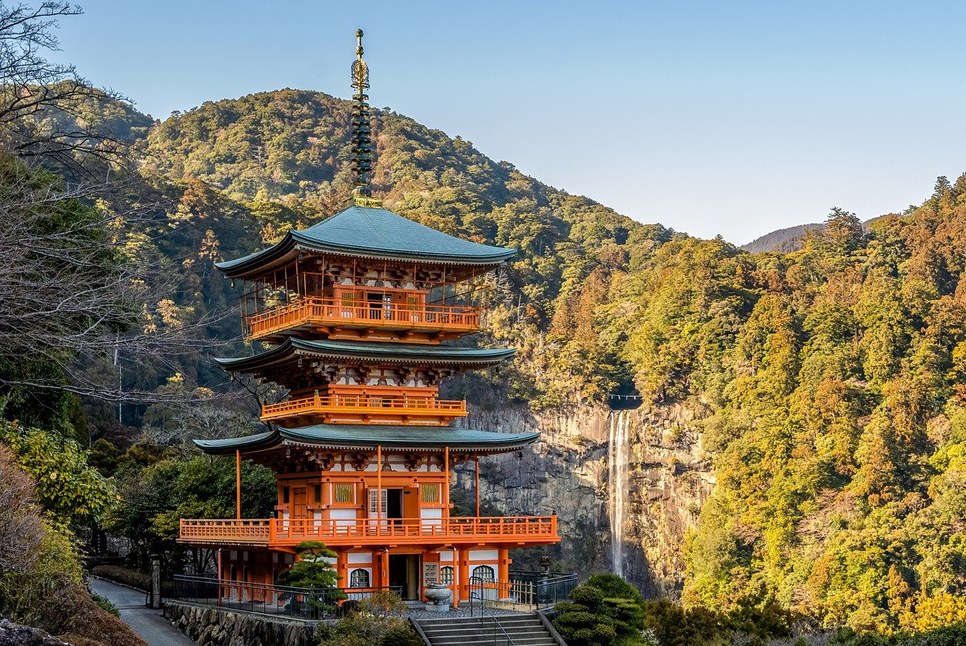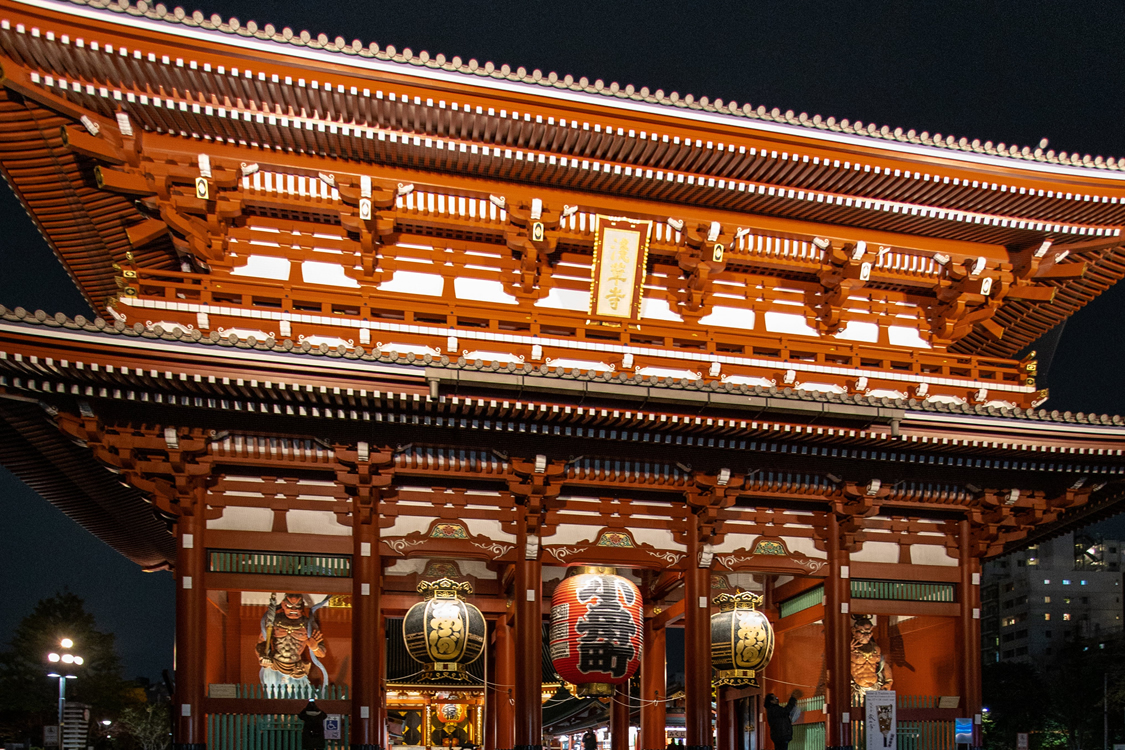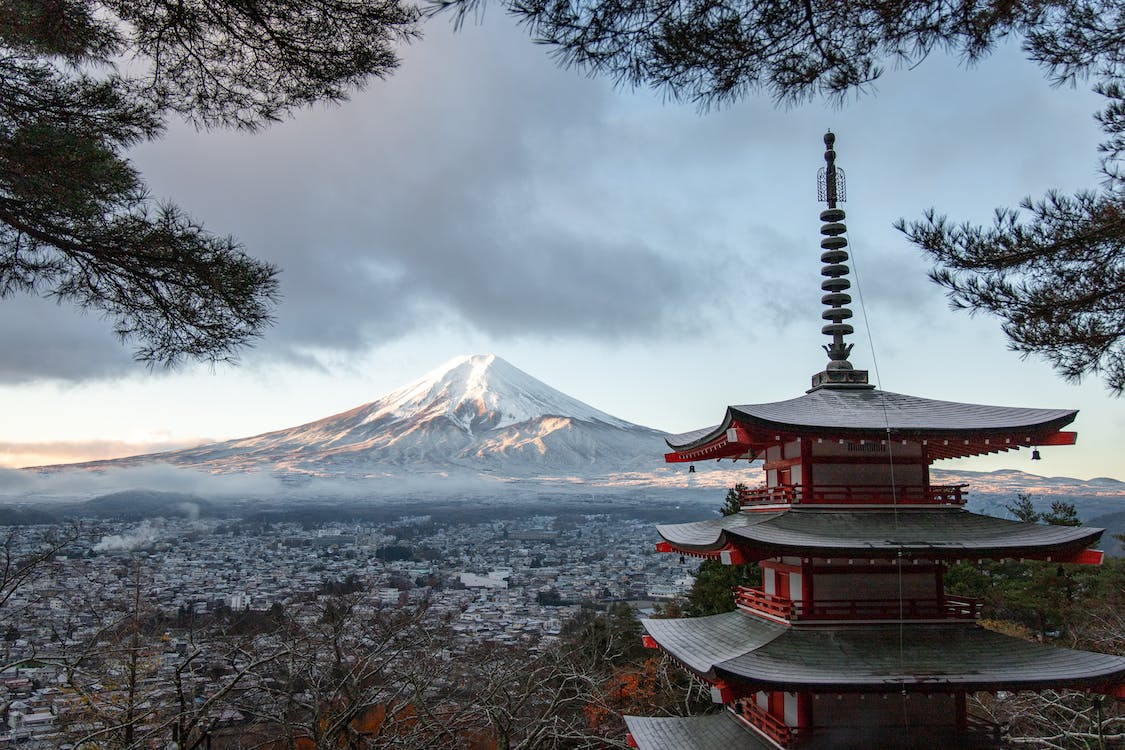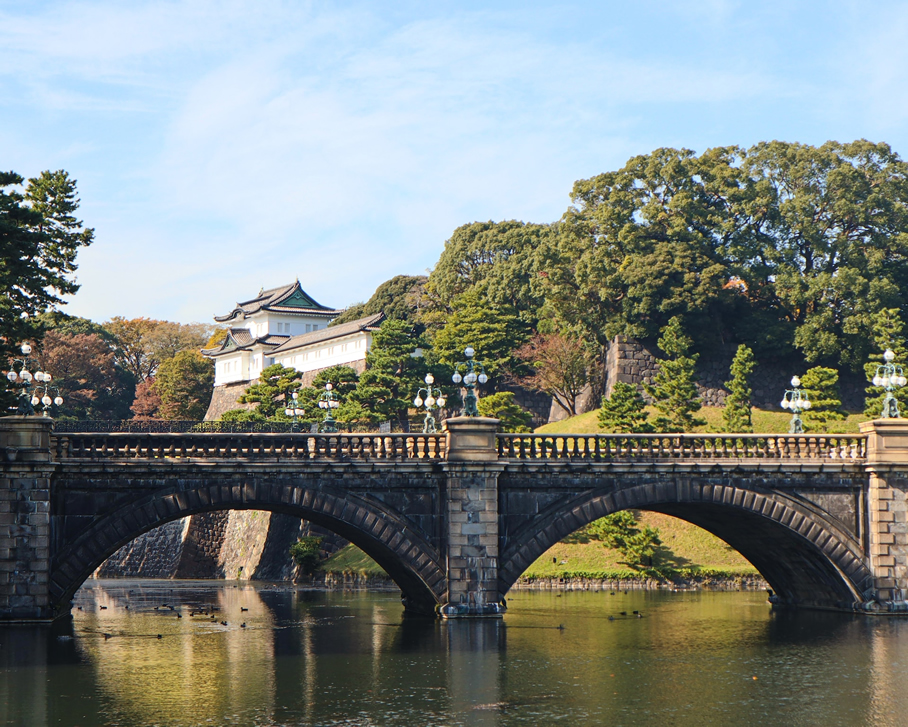Nestled in the heart of East Asia lies a land of captivating contrasts: Japan. From the serene beauty of its ancient temples to the bustling energy of its neon-lit cities, Japan is a destination that effortlessly blends tradition with innovation. Embark on a journey with us as we explore the wonders of this enchanting country.
Continue readingJapan: A Journey into Tradition and Innovation
Nestled in the heart of East Asia lies a land of captivating contrasts: Japan. From the serene beauty of its ancient temples to the bustling energy of its neon-lit cities, Japan is a destination that effortlessly blends tradition with innovation. Embark on a journey with us as we explore the wonders of this enchanting country.
Continue readingTokyo Unveiled: Navigating the Dynamic Heart of Japan
Tokyo, the vibrant capital of Japan, stands as a testament to the country’s prowess in seamlessly blending tradition with cutting-edge innovation. This bustling metropolis, characterized by a skyline adorned with towering skyscrapers and historic temples, is a captivating mosaic of modernity and ancient charm. Join us on a journey through the dynamic streets of Tokyo, where the past and future converge in an electrifying dance.
Continue readingExploring the Land of the Rising Sun: A Journey through Japan’s Rich Culture, Technology, and Natural Beauty
Japan, often referred to as the “Land of the Rising Sun,” is a captivating blend of tradition and innovation, seamlessly woven into the fabric of its society. Nestled in the eastern part of Asia, Japan is an archipelago comprising four main islands—Honshu, Hokkaido, Kyushu, and Shikoku. Renowned for its unique cultural heritage, cutting-edge technology, and breathtaking landscapes, Japan is a destination that captivates the hearts and minds of travelers from around the globe.
Continue reading
